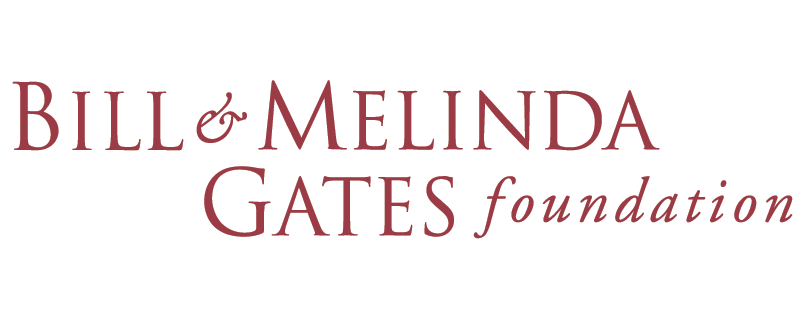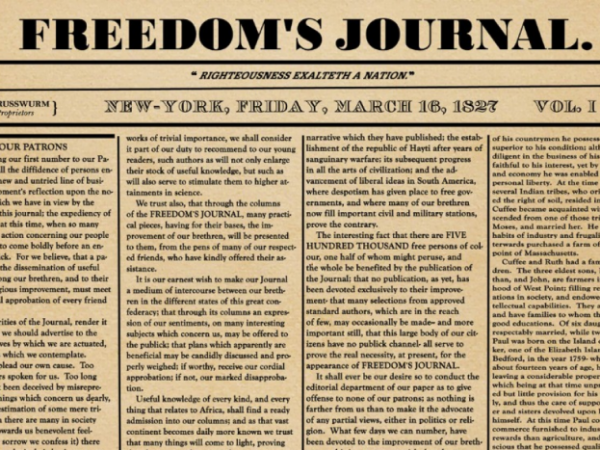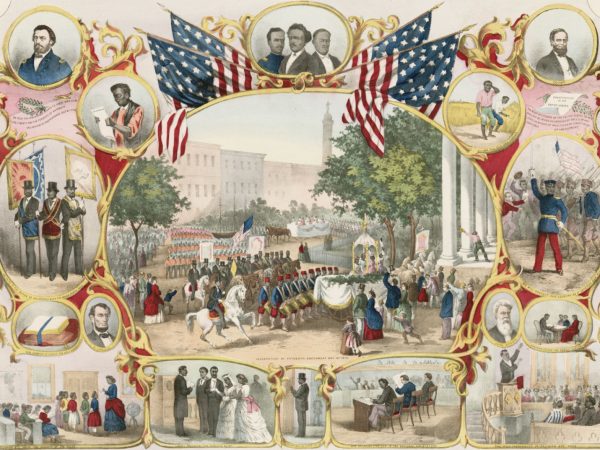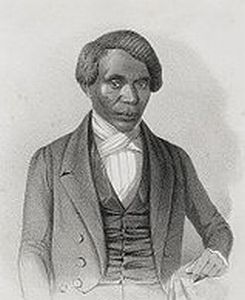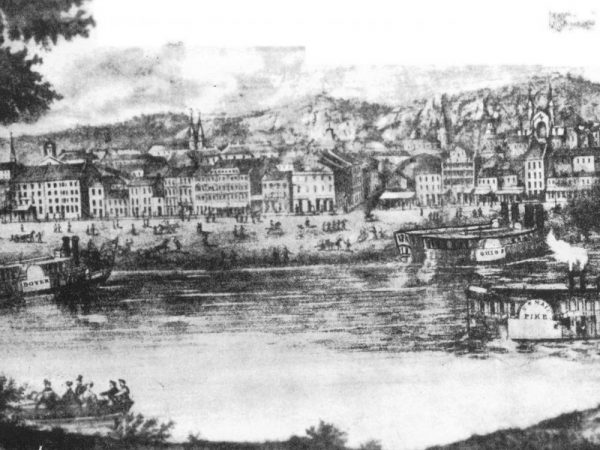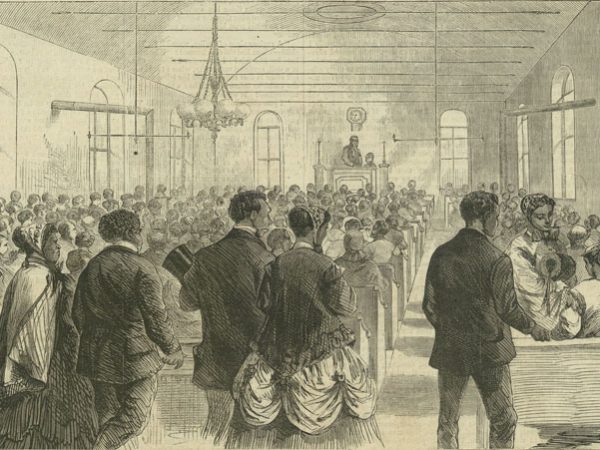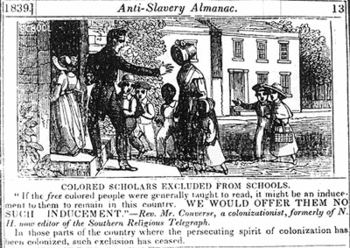193 YEARS OF THE BLACK PRESS
-
March 16, 1827
Freedom’s Journal Published
Freedom’s Journal was the first African American owned and operated newspaper published in the United States. Founded by Rev. John Wilk and other free black men in New York City, it was published weekly starting with the 16 March 1827 issue. Freedom’s Journal was superseded in 1829 by The Rights of All, published between 1829 and 1830 by Samuel Cornish, the former senior editor of the Journal.
-
July 4, 1827
Slavery is Abolished in New York
When did slavery end in New York State? That’s not an easy question to answer. In 1799, New York gradually freed future generations who would otherwise have been born into slavery, but left enslaved thousands born before 1799. It was not until March 31, 1817 that the New York legislature ended two centuries of slavery within its borders, setting July 4, 1827 as the date of final emancipation and making New York the first state to pass a law for the total abolition of legal slavery. When Emancipation Day finally arrived, the number of enslaved men and women freed was roughly 4,600 or 11% of the black population living in New York and the black community and its supporters held joyous celebrations and parades throughout the state. (Source: Historical Society of the New York Courts)
-
1828
Theodore Sedgewick Wright is the first black graduate of the Princeton Theological Seminary
Wright despised slavery and racism and spoke openly about it, even though at this time it was very dangerous. He is best known for his works as an abolitionist and devotee of black civil rights. Throughout the 1830s he was an agent of the New England Anti-Slavery Society which sponsored his travels and lectures condemning racial prejudice. Wright’s two most influential speeches were “The Progress of the Antislavery Cause” and “Prejudice Against the Colored Man.” He wrote several entries and speeches for William Lloyd Garrison’s Liberator, the leading anti-slavery newspaper in the United States in the antebellum period. (Source: BlackPast.org)
-
1829
More than half of Cincinnati’s African American residents are driven out of the city by white mob violence.
The Cincinnati riots of 1829 were triggered by competition for jobs between Irish immigrants and native blacks and former slaves, in Cincinnati, Ohio, United States but also were related to white fears given the rapid increases of free and fugitive blacks in the city during this decade, particularly in the preceding three years. Merchants complained about the poor neighborhoods along the river as having ill effects on their waterfront shops and trade with southern planters. Artisans excluded blacks from apprenticeships and jobs in the skilled trades. In June 1829 overseers of the poor announced that blacks would be required to post surety bonds of $500 (equivalent to $12,005 in 2019), within 30 days or face expulsion from the city and state. This was in accord with an 1807 Black Law, which was intended to discourage black settlement in the state, which was not being enforced.
-
1830
Census of 1830, Blacks are 18% of U.S. Population:
Census of 1830, U.S. Population: 12,866,020, Black Population: 2,328,842 (18.1 percent) including 319,599 free African Americans.
-
1831
African American delegates meet in Philadelphia for first National Negro Convention
After more than a decade of organized abolition among northern free blacks, a group of prominent free African American men organized the National Negro Convention Movement. The convention movement among northern free blacks symbolized the growth of a black activist network by the mid-nineteenth century. Between its first meeting in Philadelphia, Pennsylvania in 1831 and its last in Syracuse, New York in 1864, the conventions charted important shifts in rhetoric and focus and the development of a black nationalist political consciousness. (Source: BlackPast.org)
-
1831
North Carolina statute bans teaching slaves to read and write
A Bill to Prevent All Persons from Teaching Slaves to Read or Write, the Use of Figures Excepted (1830)
The North Carolina General Assembly first prohibited anyone from teaching slaves to read or write in 1818, then strengthened the law in 1830 (in the bill reprinted here).
The following year, another bill made it illegal for not only slaves but free people of color “to preach or exhort in public, or in any manner to officiate as a preacher or teacher in any prayer meeting or other association for worship where slaves of different families are collected together.”
Our Event Sponsors



